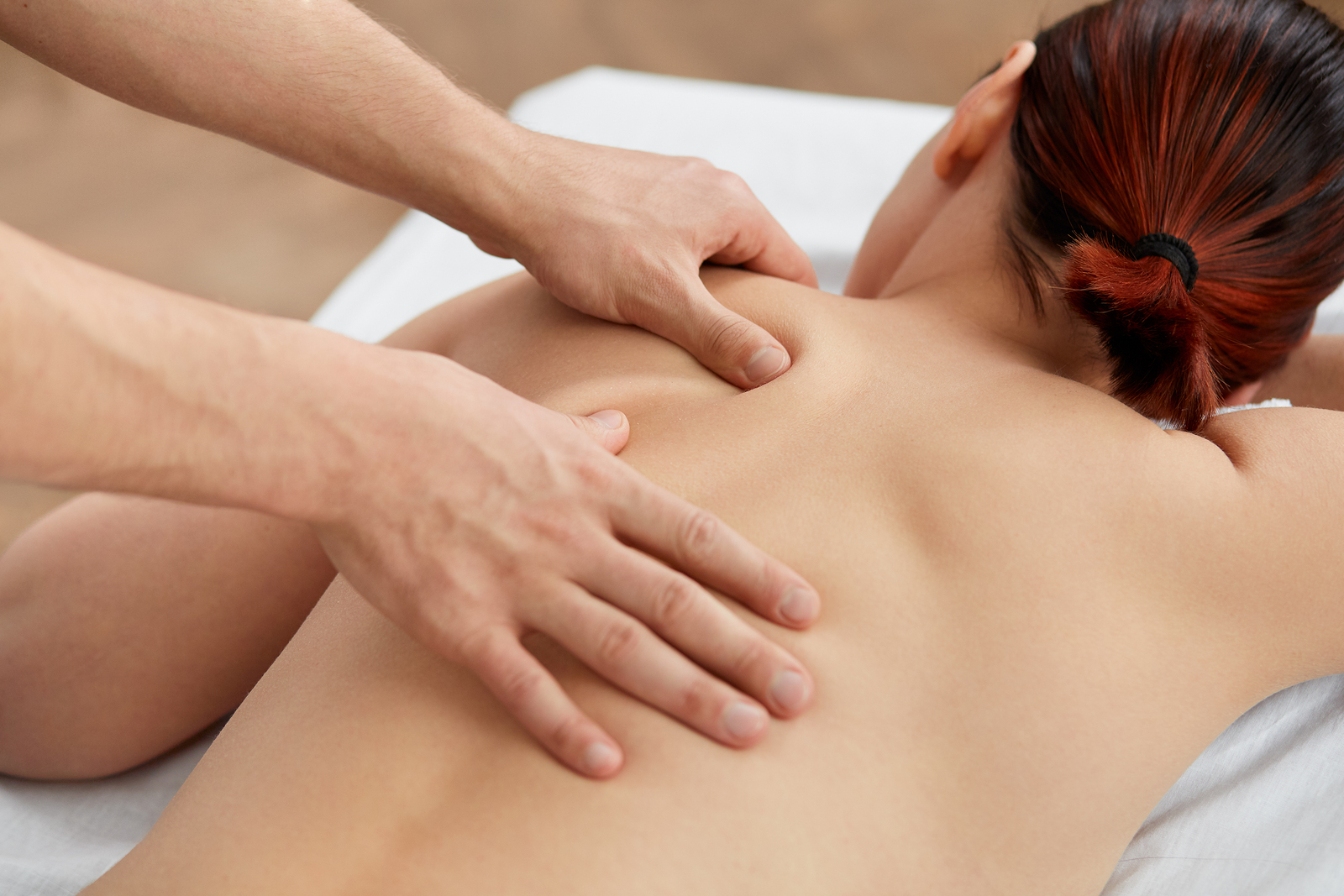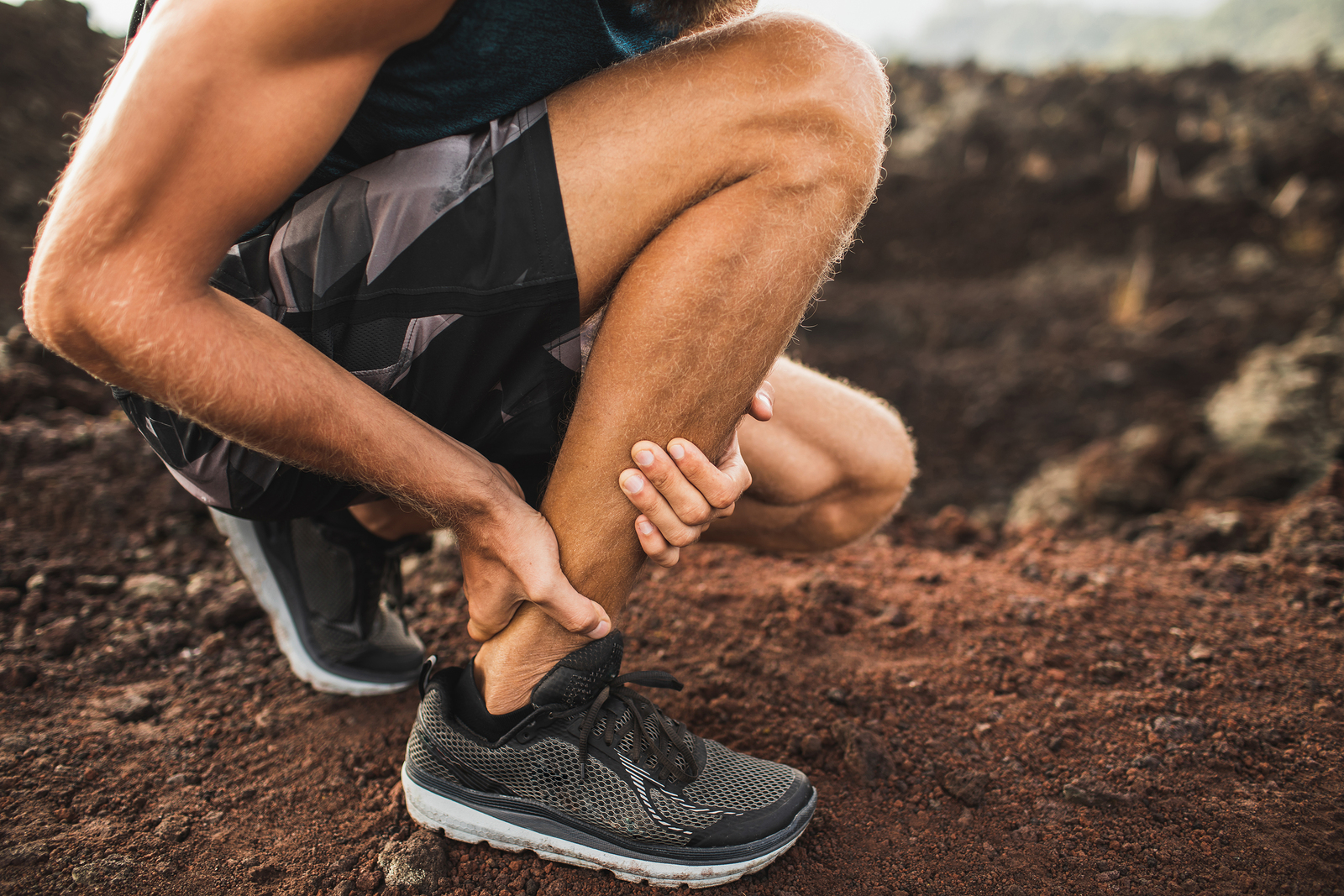4 Reasons Why to Visit Your Chiropractor This Spring
Punxsutawney Phil has made the rare prediction that spring will come early this year. As you begin to prepare for the slightly warmer weather and start crossing tasks off your spring-cleaning lists, you should take a moment to check in first with your physical health at Total Body Chiropractic & Massage.
Fortunately, chiropractic care can help you shake off the winter blues and ready your body for springtime activities in four major ways.
Rewarming the Muscles and Joints
It’s no secret that the winter months lend themselves to staying indoors and indulging on holiday goodies. The lack of exercise and bitter chill lead to stiff joints and tight muscles, which likely won’t mend themselves naturally.
Chiropractic and massage can ease the toll winter has taken on your body by improving mobility and decreasing inflammation. Massage therapy aims to stretch the muscles and increase blood circulation to reawaken your body from its hibernation. Followed by chiropractic adjustments to release tension, your body will feel looser and more comfortable.
Promoting Optimal Performance for Outdoor Activities
Spring marks peak ski season for Mt. Bachelor with the Big Wave Challenge ringing in the occasion – or perhaps you opt for the hiking, cycling or 5K events available around the city. Regardless of how you celebrate spring, equip your body for the outdoor fun with chiropractic and massage treatment. When your body is out of alignment, you’re more susceptible to injuries like pulled muscles, strains, sprains and more. Not to mention, you won’t have the full range of motion to perform your best.
Defending Against Seasonal Allergies
Although beautiful during this time of year, the juniper trees and colorful blooms can plague Bendites with seasonal allergies. This overreaction of the immune system can put a damper on spring picnics and family outings. Fortunately for you, chiropractic care can boost the immune system, allowing it to fight off pollen and other pesky allergens quickly and efficiently.
Chiropractic adjustments mend subluxations, or misalignments of the spine, to restore proper function to the central nervous system. This process strengthens the communication between the brain and the rest of the nervous system, which in turn enhances the immune response.
Read more about how chiropractic can help you fight off illness and infection in our blog.
Reducing Injuries During Spring Cleaning
Chiropractic care is most effective when used year-round. In the same way that your sessions can aid in shoveling snow or raking leaves, your appointment may also facilitate with the burden of gardening and cleaning this season. The bending, twisting and lifting associated with tidying up is apt to overextending unused muscles and causing soreness that massage therapy may alleviate.
Remember to start house- and yardwork with a light warmup and stretch to decrease your risk of injury.
At Total Body Chiropractic & Massage, we understand the value that comes with proper alignment and range of motion during every season. Not only do we strive to help you feel your best, but we also provide the tools and information you need to care for your body off of the table. Stop by our office before getting into the swing of spring for an update on your physical health.










